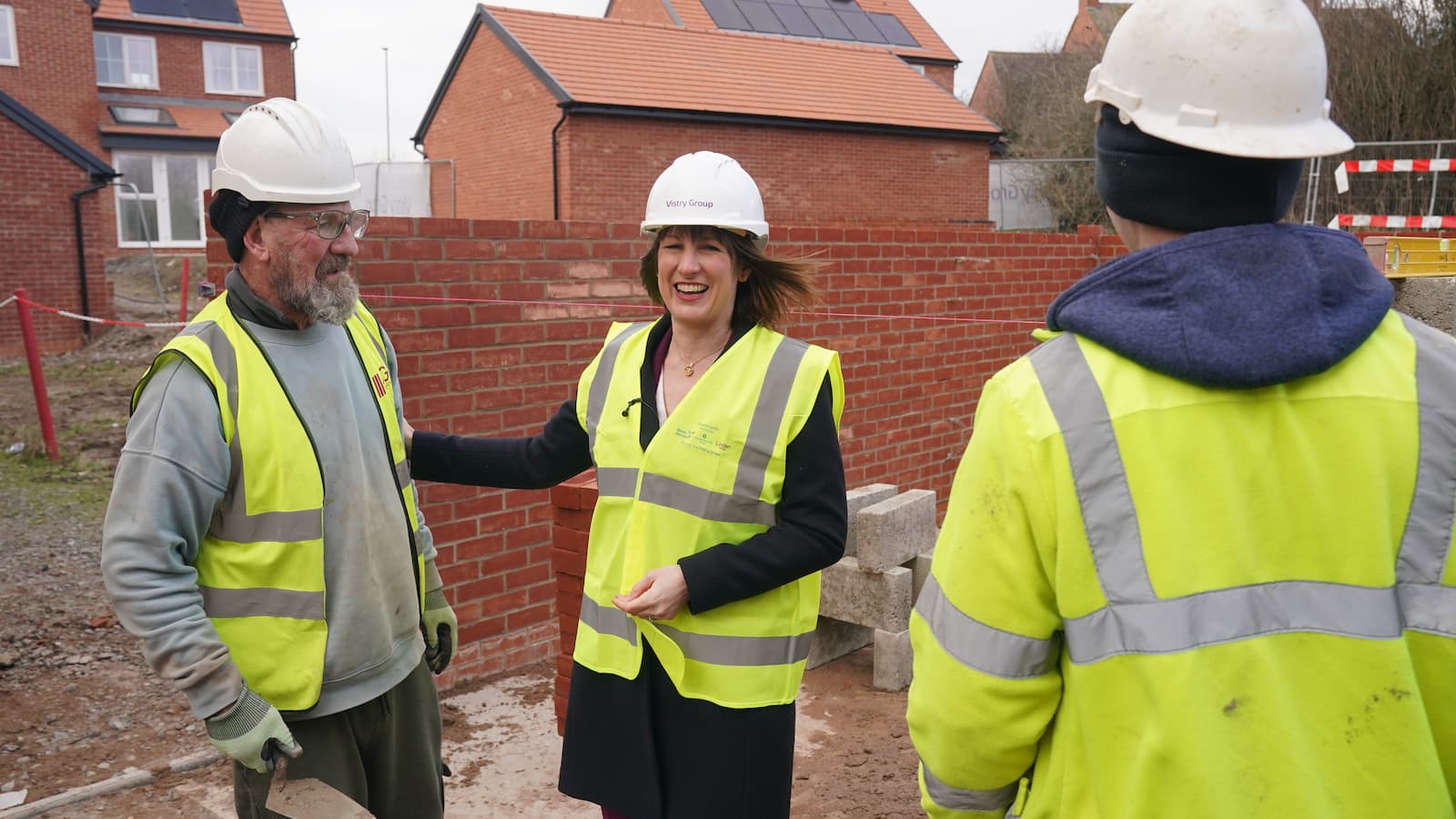Approved document A: How to comply with building regulations for structure
Approved Document A is designed to ensure the structure of a building is safe. But what does it check and how do you ensure you meet the requirements?
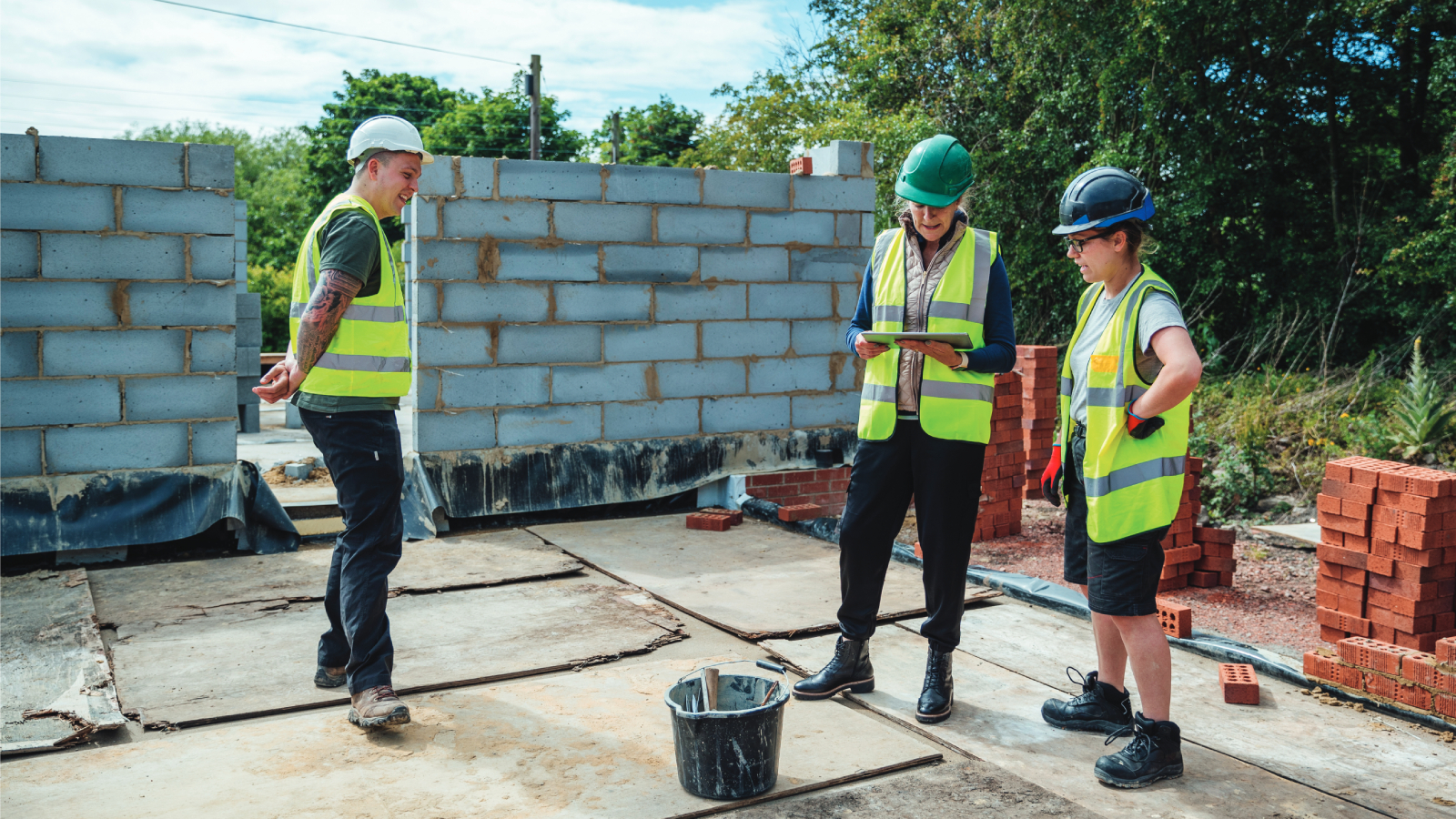
Approved Document A of the building regulations focuses on safety and covers all structural elements of buildings, helping to alleviate any concerns you may have if you're building a house or extending your home.
Set in place to make sure the construction work is done properly and that the finished building is structurally stable and safe to live in, Approved Document A is there to provide helpful guidance about how to comply with the regulations.
Covering the structural stability of elements such as foundations, walls, roofs, and floors, the document provides the structural loadings that should be considered by building designers and sets out practical guidance about how to maintain the structural integrity of a building.
Approved Document A covers three main areas
Part A1 deals with loading and Part A2 considers ground movement – both of which set out the safe standards for buildings and their foundations. However, of equal importance is Part A3 which deals with disproportionate collapse – otherwise known as a building’s ability to stand in the event of an accident.
In the main, the information in Approved Document A is used by architects and structural engineers to determine how a building should be constructed. It sets out the codes and standards which must be complied with for all the common building types and systems (concrete, steelwork, masonry, timber and so on) and includes diagrams detailing different areas of construction, including roof frames and brick walls, as well as providing design rules for masonry and timber works for traditional houses.
The document isn’t exactly an easy read, but if you need to know which structural building codes or standard applies, or what general principles are deemed to comply, then this is where you’ll find them.
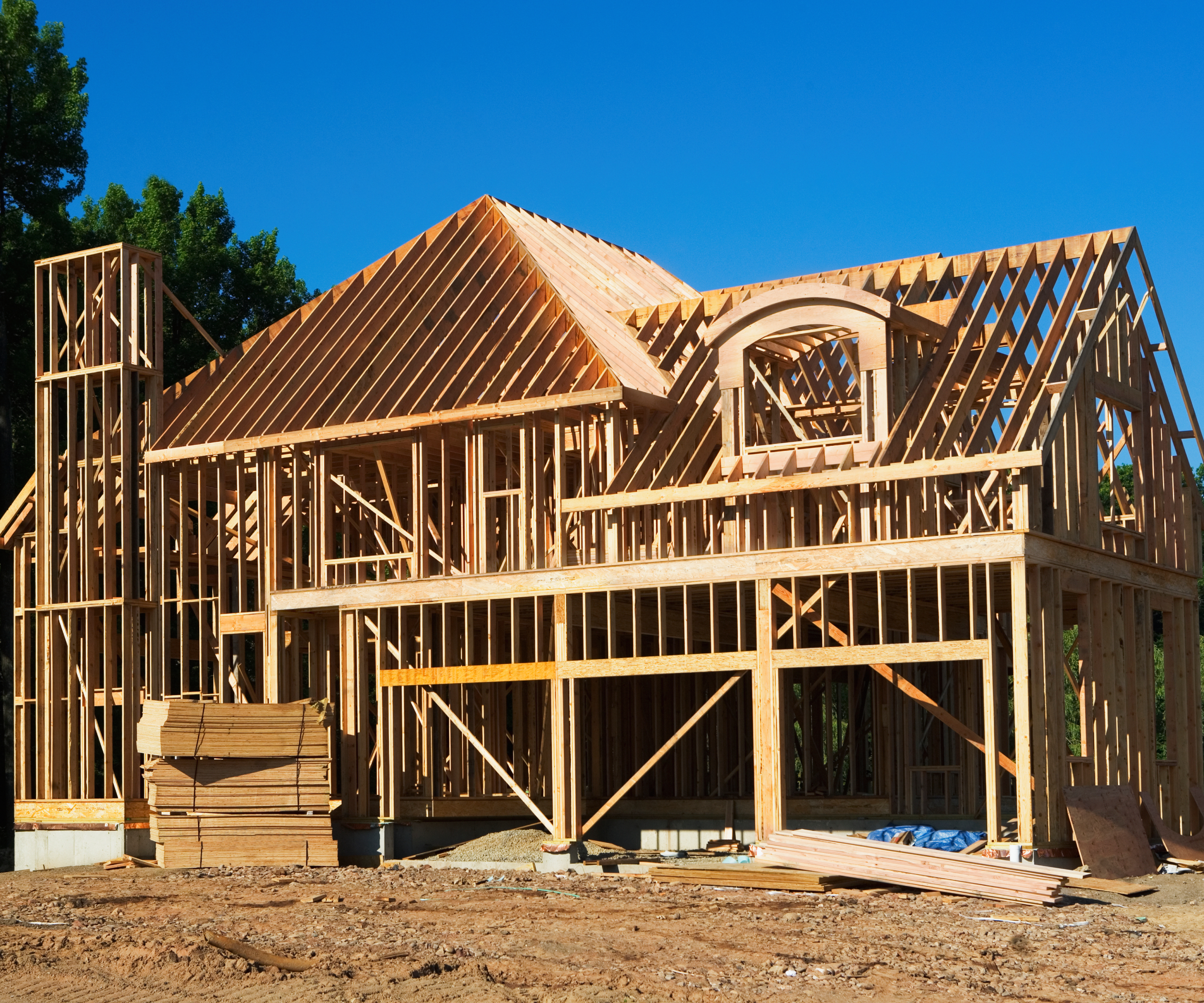
Is Approved Document A mandatory?
Compliance with Approved Document A itself is not mandatory, but meeting the regulations are.
The regulations mandate that building structures must be designed and constructed to withstand loads from gravity, wind, accidents and seismic events both during its service life and when carrying out alterations.
The imposed loads should be able to be sustained and be transmitted to ground safely without causing such deflection or deformation of the building, or the ground that supports it, that the stability of the building is impaired.
Put simply, the building shouldn’t suffer unexpected defects such as cracks or risk to life by collapsing unexpectedly under the weight of a teenager’s party, or a once in a lifetime winter storm.
Whilst this all sounds like important stuff, comprehending the guidance contained in Approved Document A isn’t exactly easy. The information is technical and supported extensively by referenced codes and standards. An in-depth knowledge of structures and the supporting codes and standards is therefore essential to make sense of the guidance and incorporate it into a building design.
The application of Approved Document A is therefore best left to structural engineers and architectural designers, both of whom are competent in interpreting the information and applying its requirements into coherent, and easy to understand drawings.
So although compliance with Approved Document A is not mandatory as such, by following the guidance in the approved document, there will be a presumption of compliance.
However, compliance is not guaranteed, and 'normal' guidance may not apply if the particular circumstances are unusual in some way.
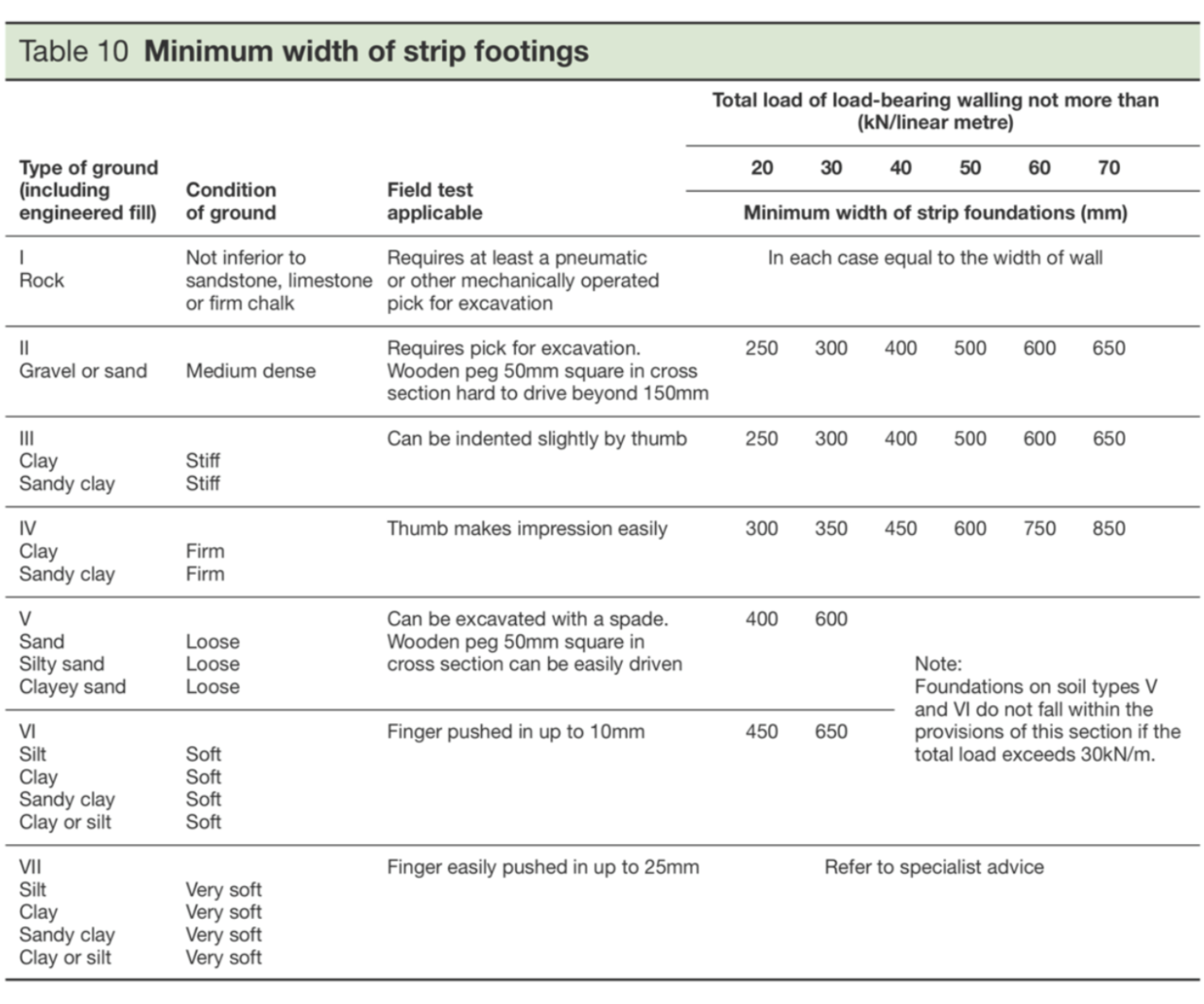
When does normal guidance not apply?
Things can become a little trickier when self-builders adopt cutting edge design coupled with the latest building technologies. Why? They might be unproven and subsequently require extra work.
Here, in the absence of any precedent or standard building practice, structural engineers will need to prove compliance with first principal engineering details and calculations. Although it's unavoidable, you can expect the structural engineer's bill to go up if this applies to your design.
Another example when normal guidance doesn't apply is when you are building on poor ground conditions. Whilst residential buildings are fairly light, if you're building near trees or on clay soils for example, this can be challenging and will likely require investigating foundations for difficult sites. Instead of being able to rely on standard strip foundations, it will be advisable to engage a structural engineer, carry out a ground investigation and design a foundation which is suitable for the ground conditions involved. For example, this may result in you needing pad foundations or piled foundations.
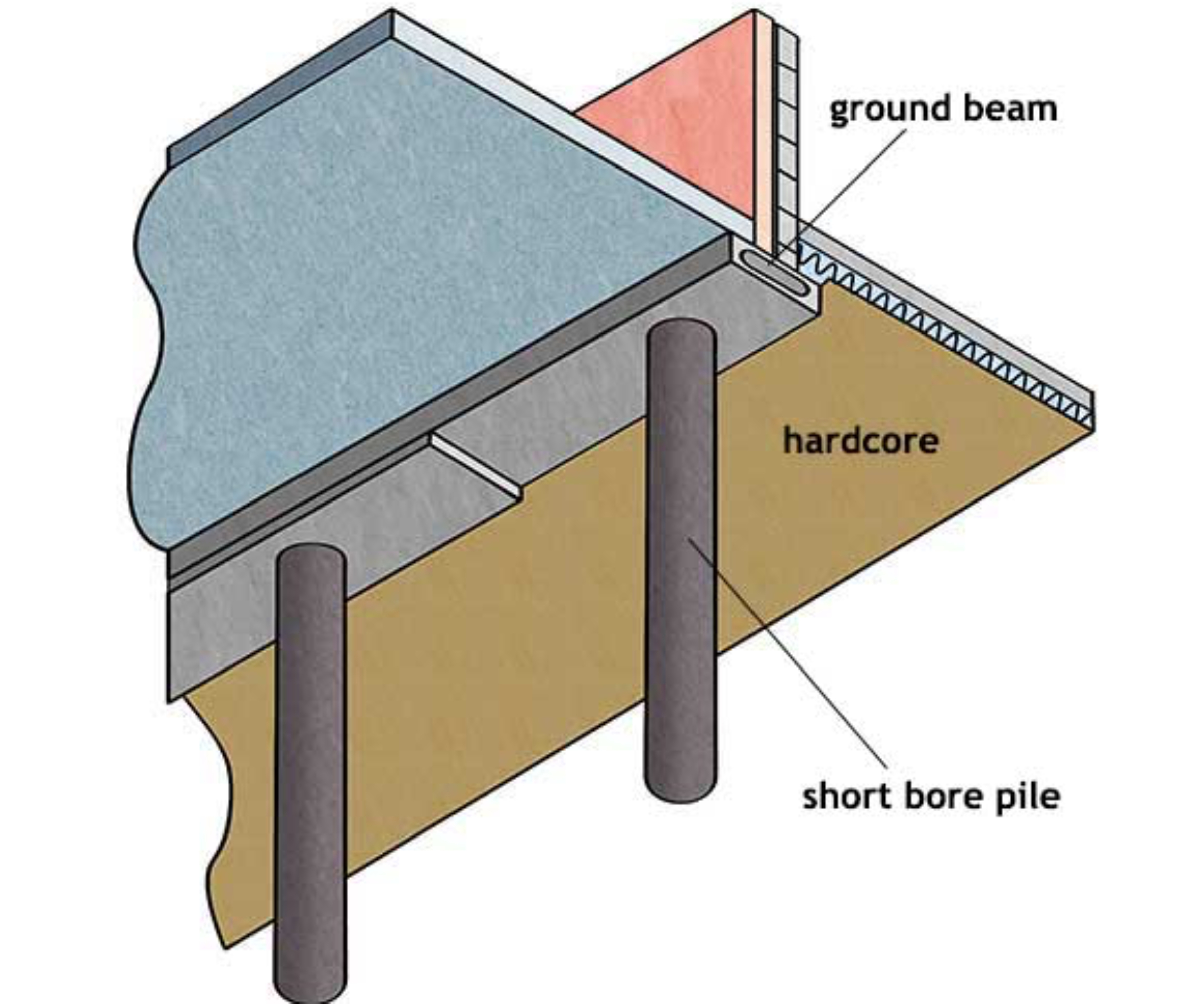
How do I comply with Approved Document A?
Proving compliance with Approved Document A is not just about good construction detailing. Evidence must also be provided in the form of structural calculations to prove that the imposed loads can be sustained, and the building will be safe when in use.
This is where the role of the structural engineer comes in, who will analyse each building element and specify what it should be made from and how it should be built to meet the structural requirements.
As part of the building control approval process, the construction drawings and the structural calculations must be submitted for checking by the approved building control inspector.
From a self-builder's point of view, this is a bit of a ‘tick box’ exercise with the information being submitted and then subsequently approved as part of the plan checking process. The UK doesn’t have extreme weather or complex geological challenges to overcome such as major seismic activity, so our residential houses aren’t usually structurally complex.
Provided that the correct criteria has been applied, such as the wind loads in exposed locations etc, the structural calculations are straightforward and get passed without much of a fuss.
How do I get sign-off?
Having an approved structural design and calculations isn’t enough to prove compliance with the regulations.
To enable a finished building to be ‘signed off’, the approved building control inspector will also want to check the construction has been completed as per the design.
They will therefore carryout inspections at key stages, whether you are building a house or building an extension. From a structural point of view, these are usually prior to concreting the foundations, preparation of the ground floor slab and at first fix stage, prior to closing up so they can see the building structure.
Provided the trades have been issued with the approved design and they’ve followed it, the inspection should take place without a hitch and final sign off from a structural point of view shouldn’t be a problem.
For more information on the different documents that form part of building regulations, read our guide to Approved Document H for more information on drainage, and find out what your building regulations drawings should include.
Bring your dream home to life with expert advice, how to guides and design inspiration. Sign up for our newsletter and get two free tickets to a Homebuilding & Renovating Show near you.
Mark Stevenson has worked as a construction professional for over 30 years and following an extensive career in housebuilding. He is currently chief operating officer for Custom Build Homes and chair of the National Custom and Self Build Association. He previously worked as managing director for Potton, helping self builders build their own homes.
Whilst Mark describes himself as a ‘professional builder’ as a result of his career in housebuilding and timber building system manufacturing, he has specialist knowledge of timber construction and extensive expertise in finding land and project management.
He regularly shares his knowledge at Homebuilding & Renovating Shows and and coaches self builders about how to build their own homes. Aside from Mark’s professional career, his skills also extend to practical building knowledge as a skilled joiner, hands-on renovator and serial self-builder of his own development projects.
He is also Vice Chair of industry body, the Structural Timber Association.

